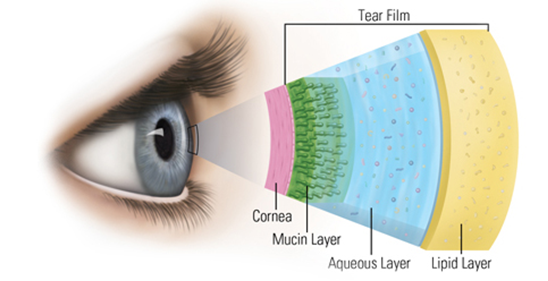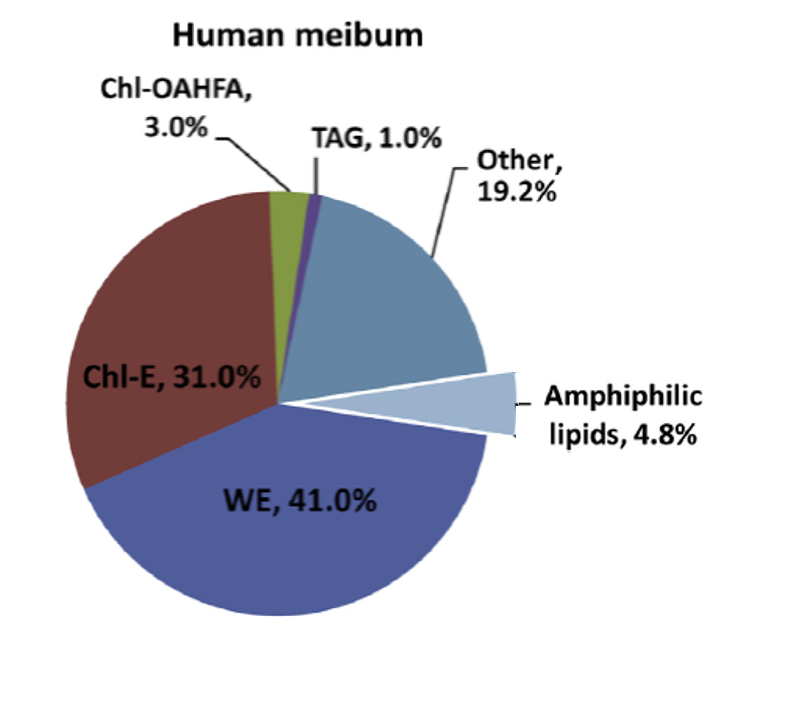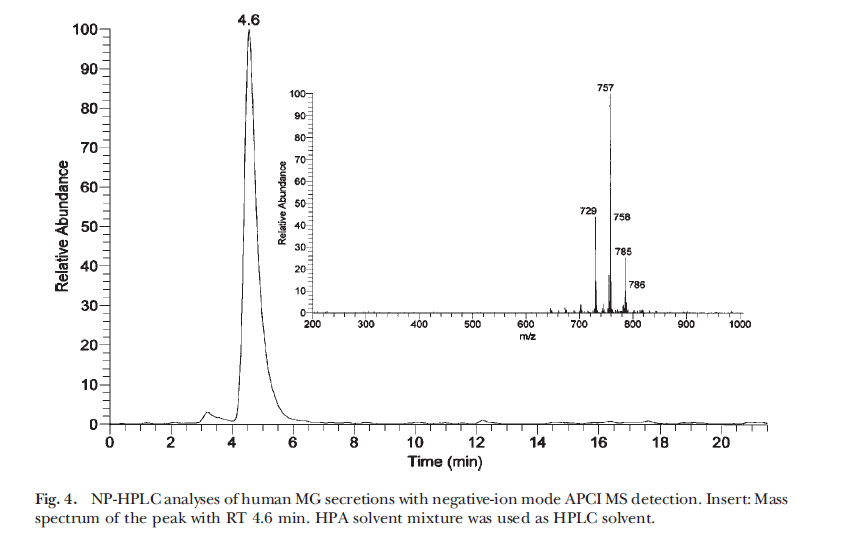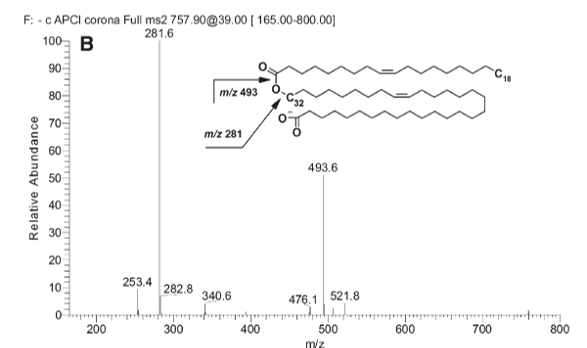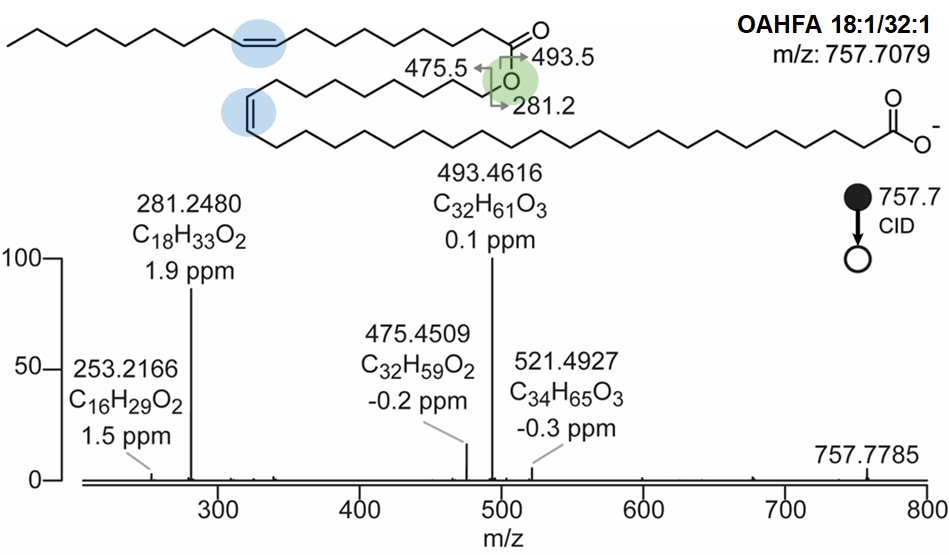So back to OAHFA #LipidTakeover. From 2015-2017 I worked as a postdoc in the laboratory of Stephen Blanksby (then at @QUT) and Todd Mitchell at @UOW (both twitterless unfortunately), both of whom are world-leading experts in the fields of mass spectrometry and lipidomics.
It was while working in their lab that my love of mass spectrometry developed, and I got to work on some really cool projects using some awesome instruments during that time.
Todd & Steve were particularly interested in studying lipids found within the tear film, the layer of liquid that sits at the interface between your eye and the outside world.
This tear film is made up of three layers: a mucin layer that sits directly on top of the eye, an aqueous layer, and an external lipid layer that stops the aqueous layer from evaporating
Breakdown of this lipid layer is thought to underlie the development of dry eye disease, a condition that affects about 1/3 of the population worldwide.
Therefore there is much interest in understanding the role of tear film lipids to develop newer and better therapies for dry eye disease.
The lipid layer of the tear film is supplied by gland known as meibomian glands, which secrete a waxy substance known as meibum. The lipids produced by these glands are quite unusual and have captured the interest of a number of researchers over the years.
Firstly, the lipids found in meibum are predominately neutral, nonpolar classes, including things such as wax esters, cholesteryl esters and triacylglycerol. http://www.sciencedirect.com/science/article/pii/S0014483513001292">https://www.sciencedirect.com/science/a...
Secondly, the acyl chains in these lipid classes are typically very long (22-26 carbons) or ultra-long (28-34 carbons), contain double bonds in non-canonical positions (i.e. n-7 or n-9 mainly), and often include iso- and anteiso-branched chains.
Enter the OAHFA! Hints that this class of lipid existed had been known since the 1980s (more on that later), but it was Igor Butovich who first noted their presence in meibum extracts in his publication in @jlipidres in 2007 http://www.jlr.org/content/48/10/2220.">https://www.jlr.org/content/4...
But it wasn& #39;t until 2008 that Butovich first published the structure of the OAHFA, elucidated by collision-induced dissociation (CID, also known as tandem MS or MS/MS). This ground-breaking work was also published in @jlipidres http://www.jlr.org/content/50/12/2471">https://www.jlr.org/content/5...
We now know that OAHFA are ultra-long chain lipids, with a long-chain fatty acid (16-20 carbons long) hydroxylated to an ultra-long chain fatty acid (28-36 carbons) in the omega position, and 1-2 double bonds present in either the fatty acid or hydroxy fatty acid.
But many questions remained about the structure of OAHFA. We knew that other meibum lipids had unusual structural features, such as branched-chain motifs and unusual double bond positions, but CID alone could not tell us anything about further about the full structure of OAHFA.
Solving this problem would take another 10 years and the development of several new mass spec-based technologies designed to overcome the limitations of a mass spectrometry approach to lipids structure elucidation.

 Read on Twitter
Read on Twitter